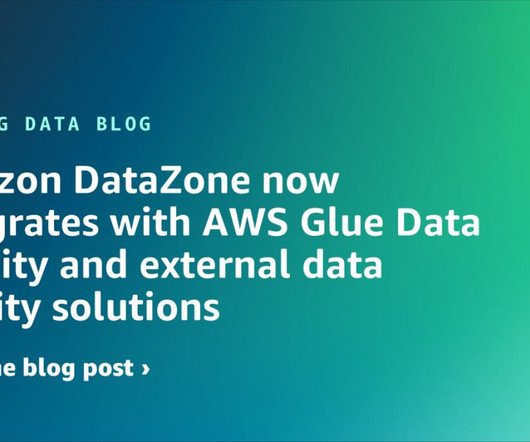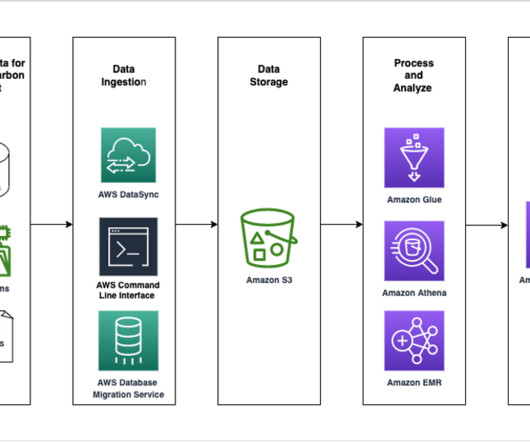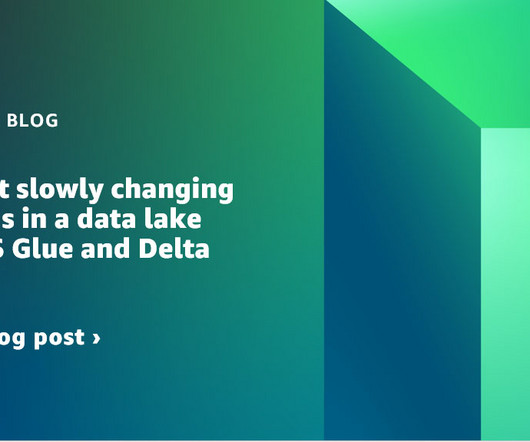Architectural patterns for real-time analytics using Amazon Kinesis Data Streams, part 1
AWS Big Data
JANUARY 8, 2024
This is the first post to a blog series that offers common architectural patterns in building real-time data streaming infrastructures using Kinesis Data Streams for a wide range of use cases. Refer to Amazon Kinesis Data Streams integrations for additional details.














Let's personalize your content